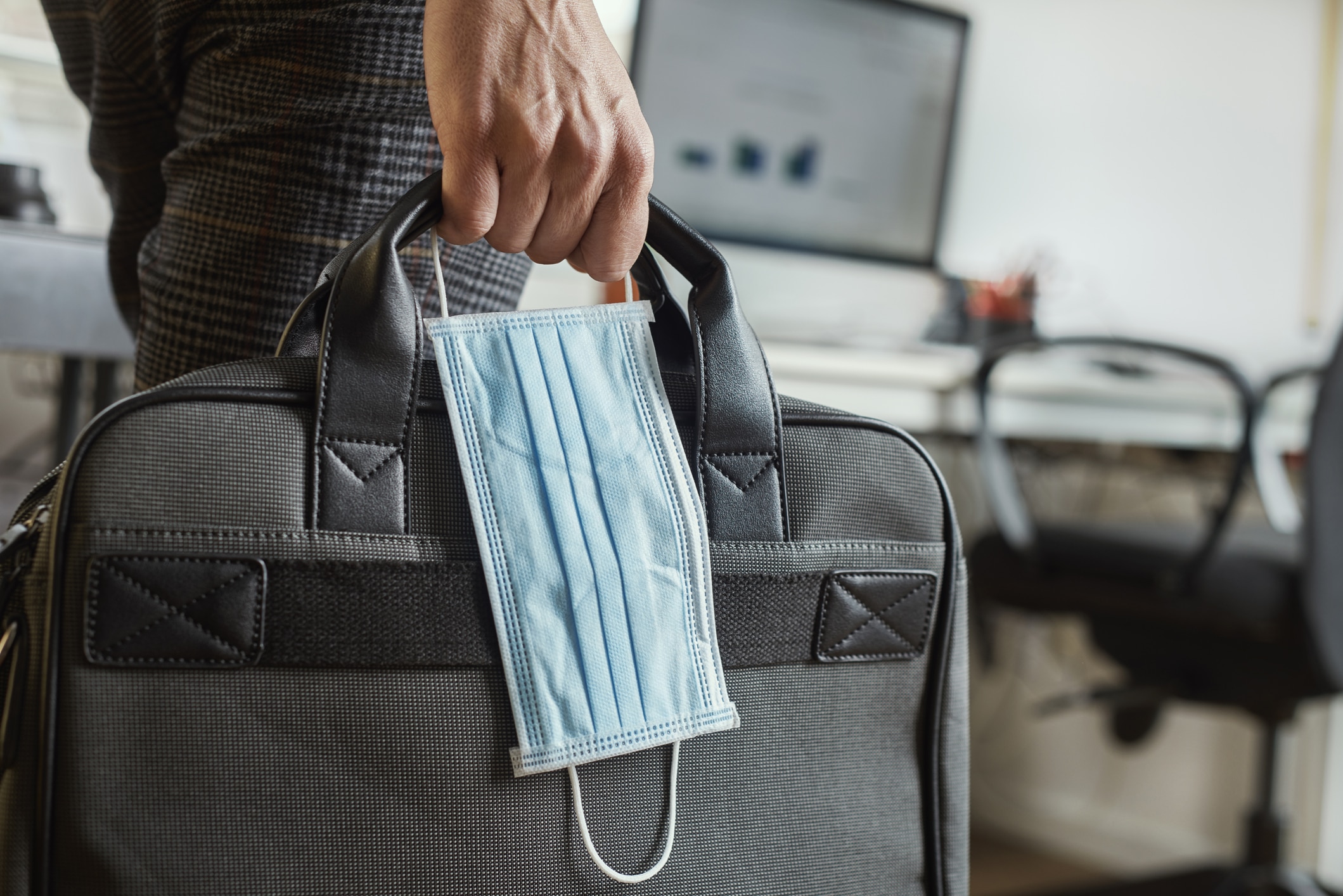It’s been long enough. Â
Even with the uncertainty of COVID-19 lurking in the background, your workforce has made it clear that they’re ready to go back to work. Management has given their approval to begin back to work operations on your industrial project site.
And then reality sets in.Â
It’s not that easy to go back to work during COVID-19, not if you want to do it safely while minimizing risk to your workforce. You need a plan to navigate all of the potential risks that come with returning to work during a pandemic, and it needs to be a perfect fit for the uniqueness of YOUR project.Â
Fitting Within Your Unique Requirements
A health and safety plan for COVID-19 needs to take into account the location of your project, the accessibility of healthcare, and the types of people entering your worksite. Each of these factors affects what type of screening or testing process will be most effective at detecting COVID-19 while minimizing your costs. Â
Project Site Type
The type of project site we’re dealing with has an effect on the preferred COVID-19 management strategies:
- Contained sites such as limited access islands and maritime vessels where the population is fully contained for the duration of the project
- Uncontained sites such as offices, and manufacturing facilities where the population returns to their home amongst the general population following each shift
- Remote sites where limited healthcare services are available
- Sites near population centers where healthcare services are readily available
For example, if you have a fully contained population in a remote location like a maritime vessel, the goal is to be as thorough as possible in screening, testing, and quarantining prior to employees being allowed on the vessel. Surveillance testing, which uses more resources than screening or surveillance, may have a more central role since employees cannot be easily referred to a hospital for care.
However, if your population is not contained and located near a population center, the process is more oriented around screening, surveillance testing, and case management for COVID-19 positive individuals. Surveillance testing may not be as critical in this situation, but it depends on the population entering the worksite as well as other factors.Â
Population Type
Every organization has different population types that they need to manage and they should have a COVID-19 management strategy in place for each unique population type.
- Essential employees
- Non-essential employees
- Contractors
- Vendors
- Visitors
Employers have a much higher level of responsibility when managing one of their employees versus managing a visitor. It makes sense that your company’s employees may regularly undergo surveillance testing, while visitors may just require basic screening prior to entering the building.
Approach to Handling Risk
No COVID-19 management strategy is perfect for keeping your project location safe and healthy, but some certainly do a much better job than others. More aggressive strategies while more effective may also be far more expensive.
We won’t recommend an over-aggressive strategy that forces your company to waste resources while it’s trying to adapt.
Instead, our approach to handling risks on operational restoration projects is not prescriptive; rather, we work together with our clients to determine the most appropriate workplace health and safety solutions based on the project demographics, budget, and desired medical requirements.
We can quickly mobilize a team to respond to your virus-related workplace health needs, challenges, and emergency situations. Contact us to find out how quickly we can create a custom operational restoration plan for your industrial project site.


